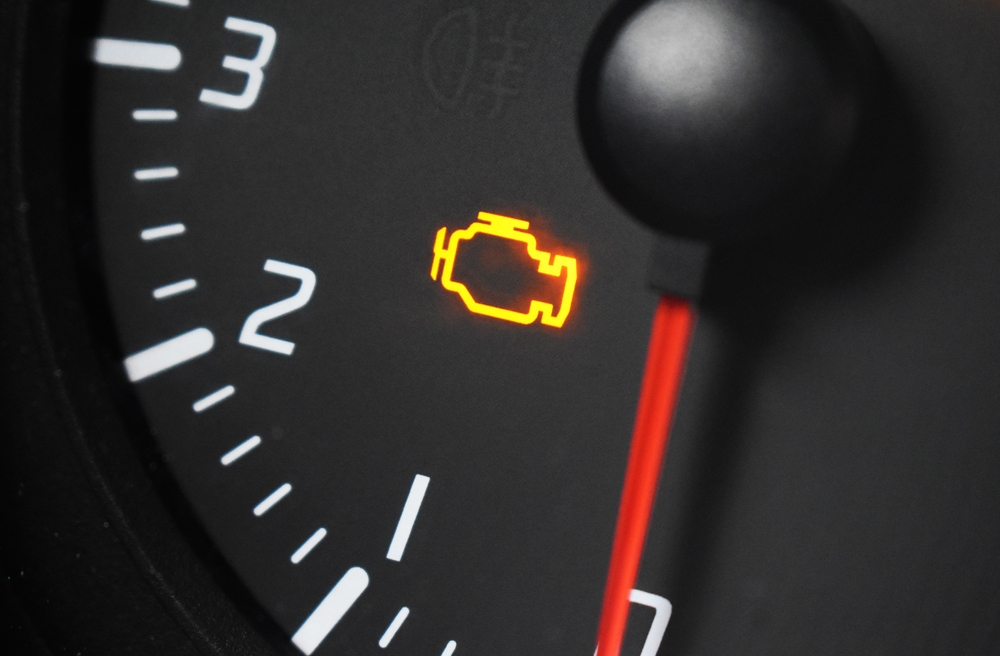A check engine light can be frustrating, especially when your car still feels like it’s driving fine. But ignoring it for too long could turn a small issue into a major repair or leave you stranded when you least expect it. If you’re not sure what triggered the warning, here are some of the most common reasons your check engine light might be on.
1. Loose or Damaged Gas Cap
This is one of the most common, and easiest to fix causes. If the gas cap is loose, cracked, or missing, it can trigger a fault in your fuel system that sets off the light. Make sure the cap is tight and in good shape. If it’s damaged, replace it.
2. Faulty Oxygen Sensor
Your oxygen sensor monitors how much unburned oxygen is in your exhaust. If it stops working, your car may use too much or too little fuel, hurting both performance and fuel economy. This is a relatively inexpensive fix but important to address.
3. Bad Spark Plugs or Ignition Coils
Spark plugs ignite the air-fuel mixture in your engine. When they wear out or misfire, your engine may run rough, lose power, or show reduced fuel efficiency. Ignoring this issue could lead to bigger problems like catalytic converter damage.
4. Failing Catalytic Converter
The catalytic converter helps reduce harmful emissions. If it starts to fail, you might notice sluggish performance or a drop in gas mileage and yes, a glowing check engine light. Replacing it can be costly, so catching it early is key.
5. Mass Airflow Sensor Issues
This sensor measures how much air enters the engine so the computer can balance fuel delivery. If it’s dirty or failing, your engine may hesitate, stall, or burn too much gas. Cleaning or replacing the sensor usually solves the issue.
6. Problems with the EVAP System
Your car’s evaporative emission control system (EVAP) prevents fuel vapors from escaping into the atmosphere. A leak in the system, from a hose, valve, or the gas cap itself, can trigger the check engine light. Diagnosing EVAP issues often requires a scan tool.
Should I Keep Driving?
If the light is steady (not blinking), you can usually keep driving for a short time, but get it checked out soon. If the light is flashing, pull over and shut off the engine. That often signals a serious misfire that could damage your catalytic converter.
When in Doubt, Stop By
At OK Tire, we use professional diagnostic tools to quickly pinpoint what’s causing your check engine light. Whether it’s something simple or more involved, we’ll explain it clearly and help you get back on the road with confidence.
No guesswork. No upselling. Just real answers from people who fix this stuff every day.
FAQ
Can I drive with my check engine light on?
If the light is steady and your car seems fine, you can usually drive short distances. But get it checked soon. If it’s flashing, pull over and stop driving, it may indicate a serious issue.
What’s the most common reason for a check engine light?
A loose or damaged gas cap is one of the most common and easy-to-fix reasons for a check engine light.
Does a check engine light always mean expensive repairs?
Not necessarily. Some issues are minor (like spark plugs or sensors) and can be fixed quickly. Others may require more attention if ignored.
Will the check engine light reset itself?
In some cases, yes, especially if the problem is temporary and resolves on its own. But in most cases, it stays on until the underlying issue is fixed and the system is reset.

